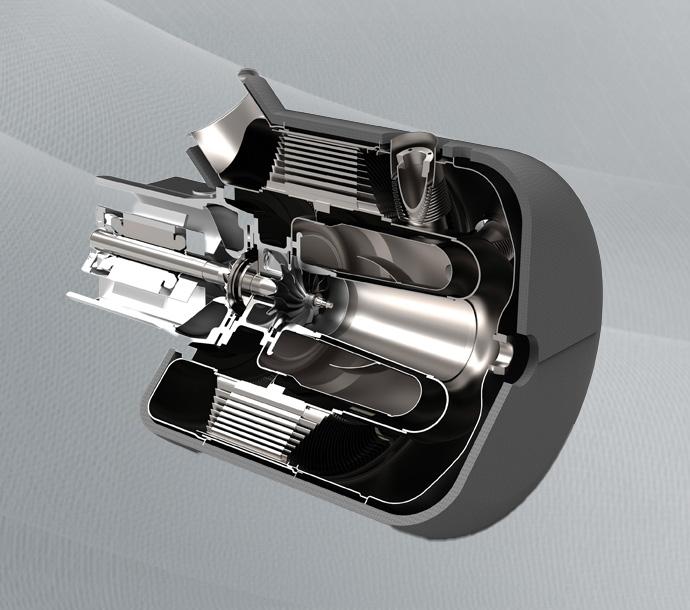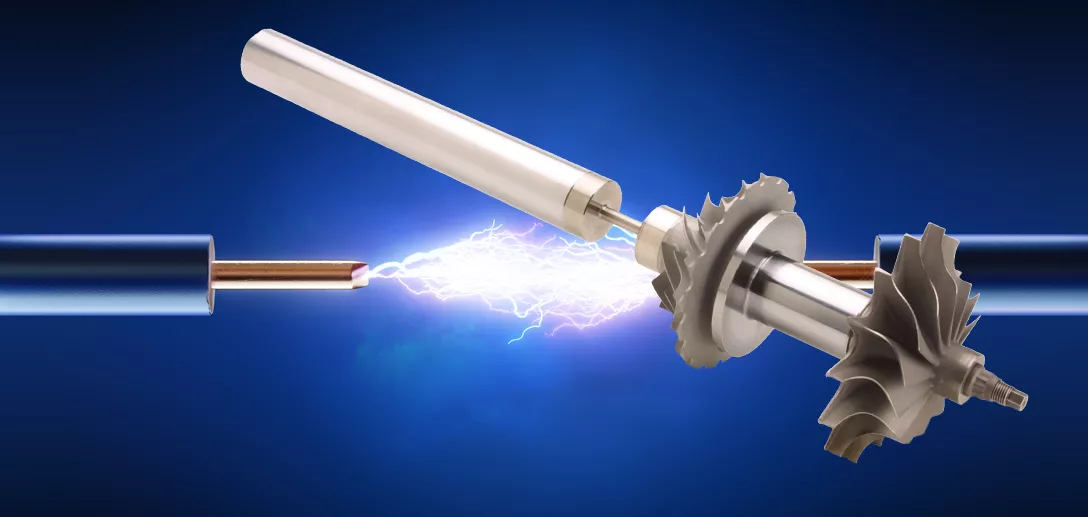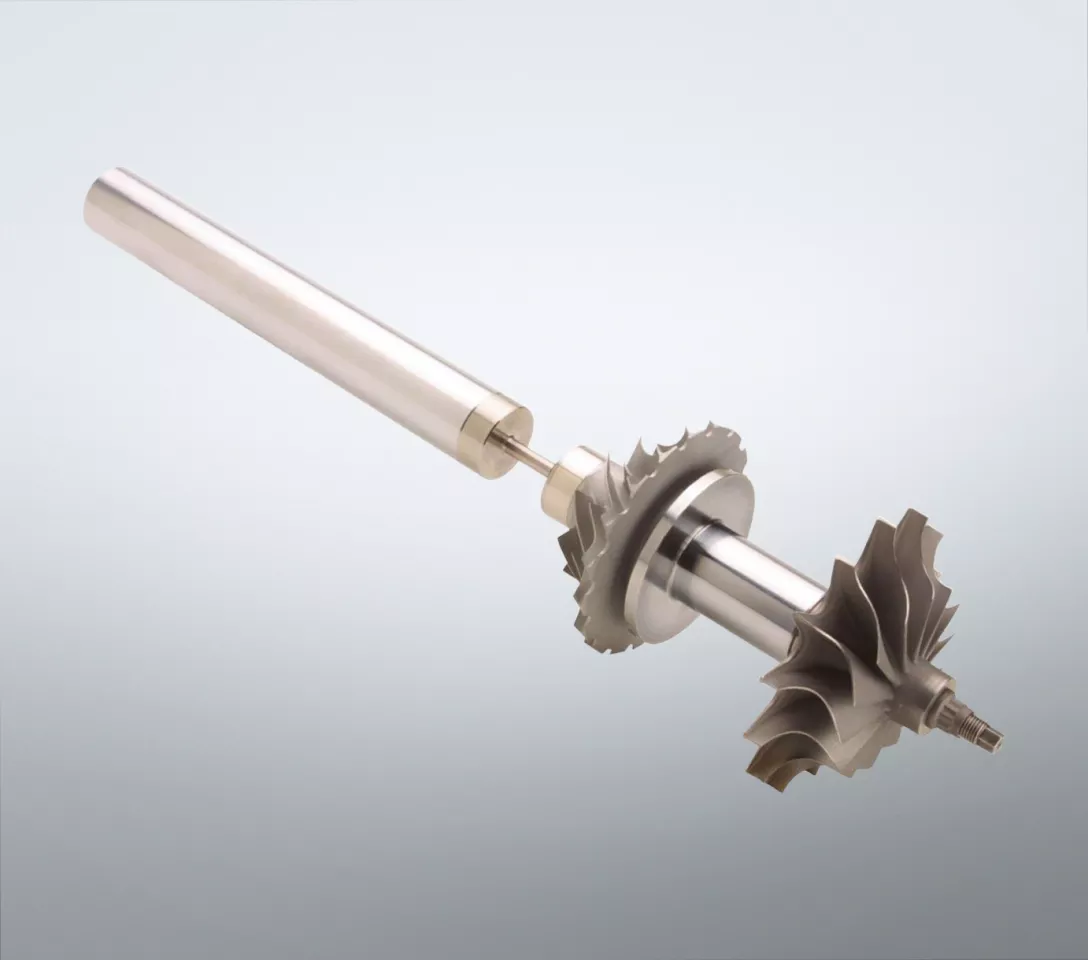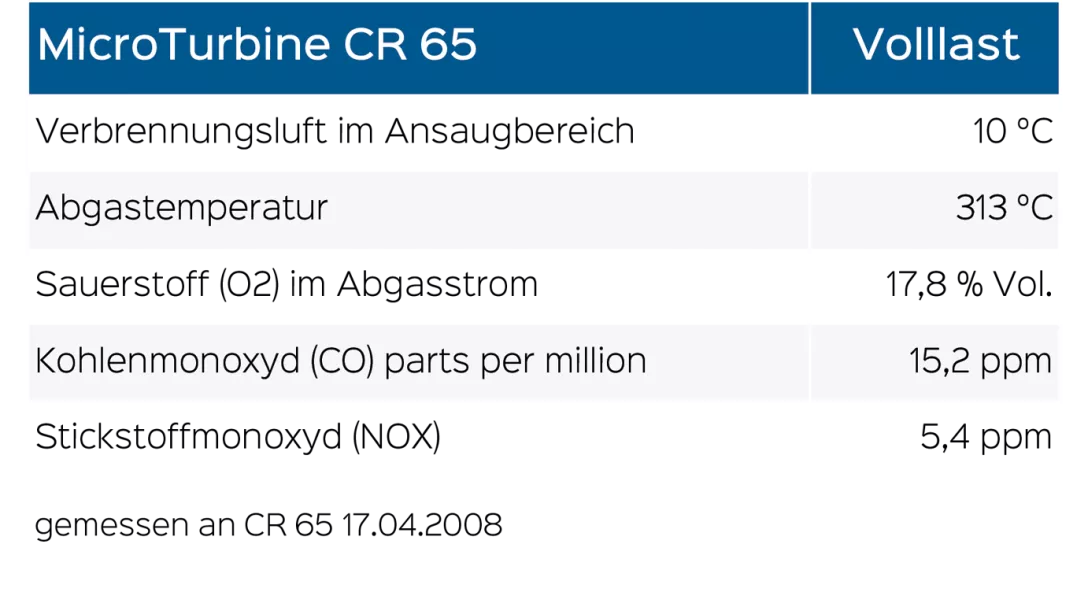
Clean, cost-efficient & low-maintenance with extremely low exhaust emissions. Low noise, no vibrations & insensitive to fluctuating gas quality. Highlight: Maintenance-free air bearing technology - no lubricants or coolant required!
Power from digester gas: clean, efficient, low-maintenance


Utilising sewage gas economically and ecologically: With the MicroTurbine, VTA is revolutionising the generation of electricity and heat in sewage treatment plants.
Clean, cost-efficient & low-maintenance with extremely low exhaust emissions. Low noise, no vibrations & insensitive to fluctuating gas quality. Highlight: Maintenance-free air bearing technology - no lubricants or coolant required!
Available in different sizes, the turbines are suited to sewage plants of any size. Low maintenance requirements, extremely low exhaust gas and noise emissions, and low sensitivity to variable gas quality are crucial plus points for the MicroTurbine in comparison to block-type thermal power stations.
MicroTurbines can be integrated into existing plant operations without any difficulty and can be installed both inside and outside buildings. The systems are compact, tried and tested, and totally reliable.

With modules in power classes from 30 kWel to 200 kWel, the innovative units from manufacturer Capstone are suited to treatment plants of any size. Depending on the system (continuous combustion process), MicroTurbines can cope excellently with regenerative gases such as digester gas, biogas and landfill gas or other lean gases and their outstanding partial load behaviour is impressive. Overall efficiencies of up to 85% are achieved when used in combined heat and power generation.
MicroTurbines can be integrated into existing plant operations without any difficulty and can be installed both inside and outside buildings. The units have been tried and tested in practice and are totally reliable.
The generator operates at the same speed as the turbine (up to 96,000 rpm) because the permanent magnet is located directly on its drive shaft.
The high-frequency alternating current (1,600 Hz) generated in this way is rectified in the turbine’s power electronics and subsequently reversed to alternating current again (50 Hz / 400 V).
No autonomous frequency control is required for this purpose; the desired frequency is delivered by the mains network. This ensures that the turbine always runs synchronously with the mains network.

The output of the turbine is controlled via the speed – due to the ‘electronic gearbox’. This means there is hardly any loss of efficiency even in partial load operation. That is true climate protection: due to its technical functionality, the MicroTurbine achieves extremely low exhaust gas values (NOx < 15 ppm based on 15% O2) which cannot be achieved by any comparable technology.

The MicroTurbine was developed on the basis of the turbocharger and aviation industries. Similar to auxiliary drives in aircraft, electricity is generated by a fast-running permanent magnet generator. This is connected without the need for a mechanical gearbox. Maintenance-free air bearings mean that the use of lubricants is completely unnecessary.
The combustion air enters the MicroTurbine via the generator, cools it in the process and is compressed to around 4 bar in the compressor. The fuel is added to the combustion chamber and burned. The hot combustion gases are expanded in the turbine and drive the compressor and generator. Thanks to recuperator technology (preheating of the air by the hot exhaust gases), electrical efficiencies of 26 to 33 % can be achieved.
The permanent magnet is located directly on the drive shaft of the turbine so that the generator is operated at the same speed as the turbine (up to 96,000 revolutions per minute). The high-frequency alternating current (1600 Hz) generated in this way is rectified in the turbine's power electronics and then the polarity is reversed back to alternating current (50 Hz / 400 V). This does not require any frequency control of its own; the setpoint is supplied by the grid. This ensures that the turbine always runs synchronised with the grid.
Do you need more information?
Contact our experts and together we will find the right solution:
